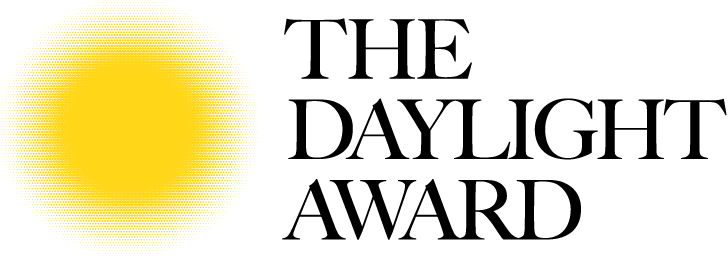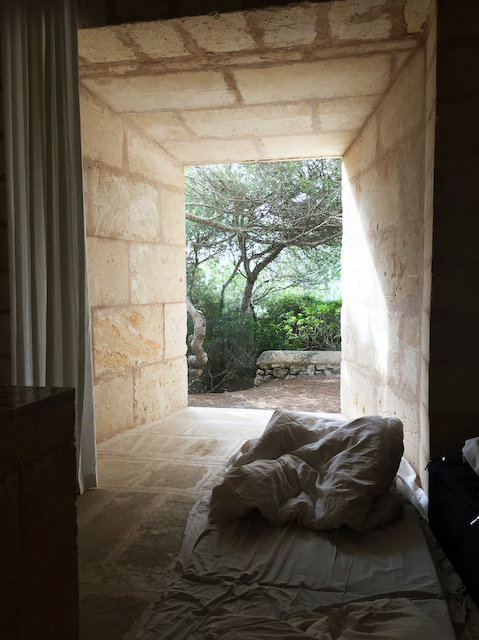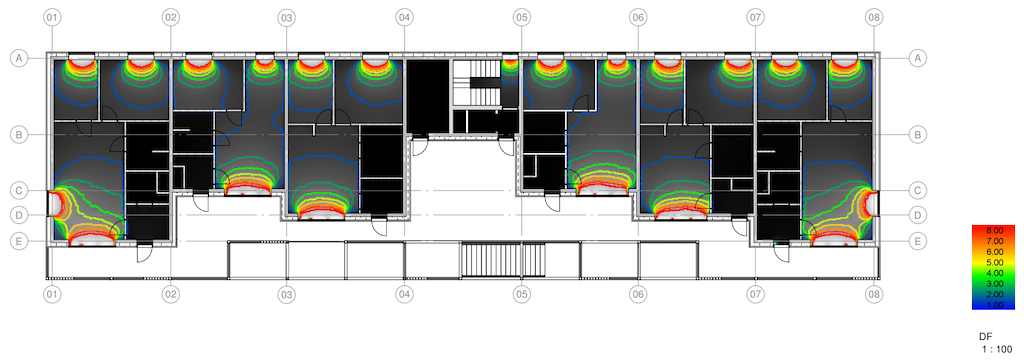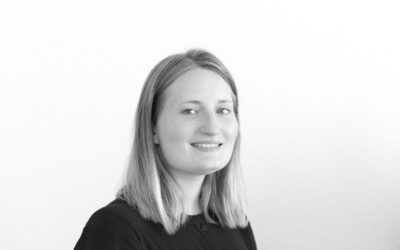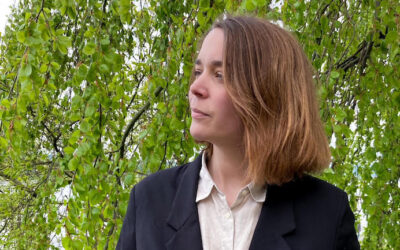The Daylight Award Community
Jogilė Cibulskytė

FEATURE
What does daylight mean to you?
For me, daylight is an exceptionally crucial element of our human lives that contributes to health, happiness – and wellbeing. After months of darkness in Denmark, when seasons change, daylight unites us all. It is a pure boost of positive energy, a good mood, and motivation.
From a professional perspective, I see daylight as a massively essential component in architecture. Buildings that are designed with the consideration of daylight qualities can reinforce the choices of materials, strengthen ideas, the purpose of design, and enhance interior spaces. By enhancing interiors with daylight, we can contribute to the user’s experience, create an atmosphere, and improve the overall well-being of humans.
My primary interest lies in the effects of daylight on health. Well-daylit spaces entrain circadian rhythm, improve productivity, and strengthen the connection to nature. Designing with daylight can be challenging, as excessive daylight can negatively affect the indoor climate as well as the users’ comfort – that’s something every designer tries to tackle daily.
How did your interest in the subject arise?
One of the questions that I get frequently asked: “Why would a Constructing Architect decide to study Masters of Lighting Design?” It all dates back to my bachelor’s internship period at Svendborg Architects whereas for our study trip we got to spend a week at Jørn Utzon’s house – Can Lis. Utzon’s strategic approach to daylight creates spaces that respond to sun angles and climate, resulting in a masterpiece building with a good indoor climate and a well-lit environment. It made me understand that working with consideration to daylight can beneficially influence the indoor qualities of buildings and I was, without a shadow of a doubt eager to learn and deep dive more into the contextual effects of light. Therefore, I decided to enrol in the MSc of Lighting Design at Aalborg University.
My interest in daylight continuously grew specifically during the course of daylight and its importance in architectural environments. It started with analysing current daylight conditions in buildings and learning how to measure, calculate and understand them. As Constructing Architects, we are very much focused on fulfilling building regulations. I remember during one of the lectures, our professor Ellen Kathrine Hansen said: “we design for people, not for requirements”. That was the moment when I started collecting knowledge about the effects of daylight on people and how daylight can transform spaces and make a positive impact on environments.
How do you work with daylight in your research?
Currently, I am performing daylight calculations in the early design phases and proposing suggestions for solutions that would provide better lit environments. The working process is based on an iterative design process. My in-depth knowledge of daylight helps to transfer numbers of calculations into argumentation of what and why works best for the future occupants of spaces.
Which project/publication describes your work the best?
My Master Thesis “Light and greenery for elderly with dementia at care homes”, which was written together with Beata Kur under the supervision of our professor Nanet Mathiasen.
The project explores my main interest – the effects of light on health for people with dementia. The thesis analyses how light and greenery can support people with dementia, reduce agitation of dementia symptoms and contribute to wellbeing. In our project, we use three main design elements – daylight, electric light, and greenery to create a supportive environment for the care home residents. The main purpose of the design was to create an environment for daily use which entrains circadian rhythm. We aimed to create an environment that is homelike and accommodates several usage functions in one space. We worked with a holistic design approach and anticipated creating an electric light design that supports current daylight conditions and helps to normalize the sleeping patterns of elderly with dementia. Nonetheless, our findings demonstrate that areas with good access to daylight can provide sufficient stimuli to support circadian rhythms throughout the year, without the necessity of electric circadian lighting.
According to you, what is the most important focus for the future?
Humans have evolved under a 24 hours light/darkness cycle. Rapidly changing lifestyles, and long working hours limit exposure to daylight, thus it is important to design buildings that provide access to well-lit spaces and diminish boundaries between indoors and outdoors. From experience, I can highlight that, buildings that do fulfil daylight regulations are not necessarily translated to sufficient indoor qualities. Acknowledging daylight and health relations, we must pay more attention to creating environments that support human well-being, rather than just fulfilling the bare minimum of the requirements.
I have been lucky enough to meet many inspirational people throughout my education at Aalborg University, Copenhagen. I couldn’t be more grateful to all of the professors that shared their knowledge and insights and inspired and taught me how to think outside the box. During my educational journey, we had the pleasure to meet great minds like Lisa Heschong, and James Carpenter and hear their experiences, and challenges that come along when working with daylight. What can be better than hearing your true inspirations in real life? These are the far-reaching moments of my lighting design journey that I will always treasure.
Link to master thesis:
https://projekter.aau.dk/projekter/en/studentthesis/light-and-greenery-for-elderly-with-dementia-at-care-homes(0dc3286b-8fbe-458a-b482-cba013f6bcc1).html
